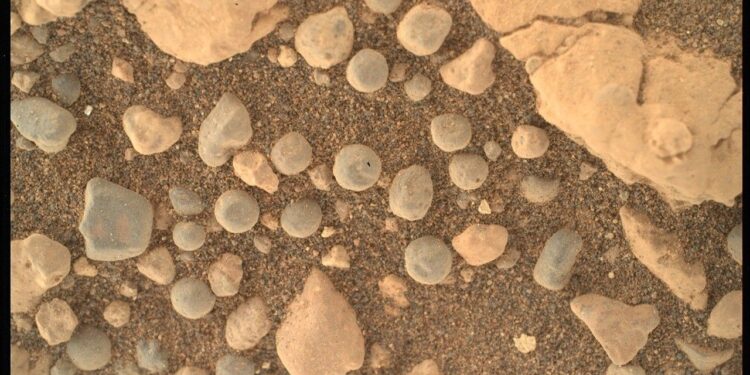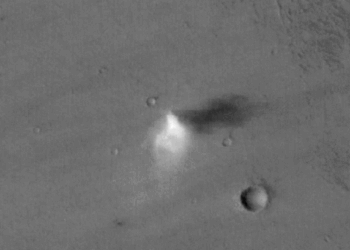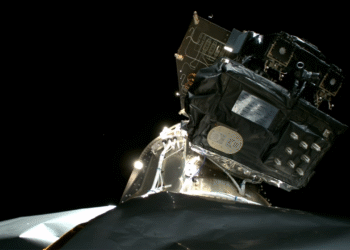The Perseverance rover, which is currently exploring the surface of Mars, has made a fascinating discovery of unique spherules. These small, sphere-shaped formations appear to hold critical clues about the planet’s geological history and the presence of water in Mars’ past.
Scientists are particularly intrigued by the composition and formation of these spherules. Initial analyses suggest that they might have formed in the presence of water, which adds to the growing body of evidence that Mars had conditions suitable for sustaining liquid water at some point in its history. This aligns with the rover’s mission to search for signs of ancient life on the Red Planet.
Spotting the Spherules
The spherules were discovered in an area that the rover was studying primarily for its rocky and sandy terrain. Perseverance used its suite of scientific tools, including cameras and spectrometers, to capture detailed images and data of these formations. The bright, spherical objects stand out distinctly against the backdrop of the Martian landscape, making them quite remarkable to observe.
Significance of the Discovery
This discovery is significant for several reasons:
- Indicative of past water: If confirmed to be formed in the presence of water, these spherules could point to historical periods when Mars had a wetter environment.
- Geological insights: Analyzing these formations can provide insights into the geological processes that have shaped Mars over billions of years.
- Potential for life: Understanding how these spherules formed might also shed light on potential niches where life could have existed.
Moving forward, the mission team plans to conduct further analyses, potentially drilling samples for return to Earth by future missions. These steps are crucial for verifying theories about Mars’ hydrological history and for assessing its past habitability potential.
To learn more about this discovery and ongoing missions, you can read the full article on the NASA Science Blog.






















